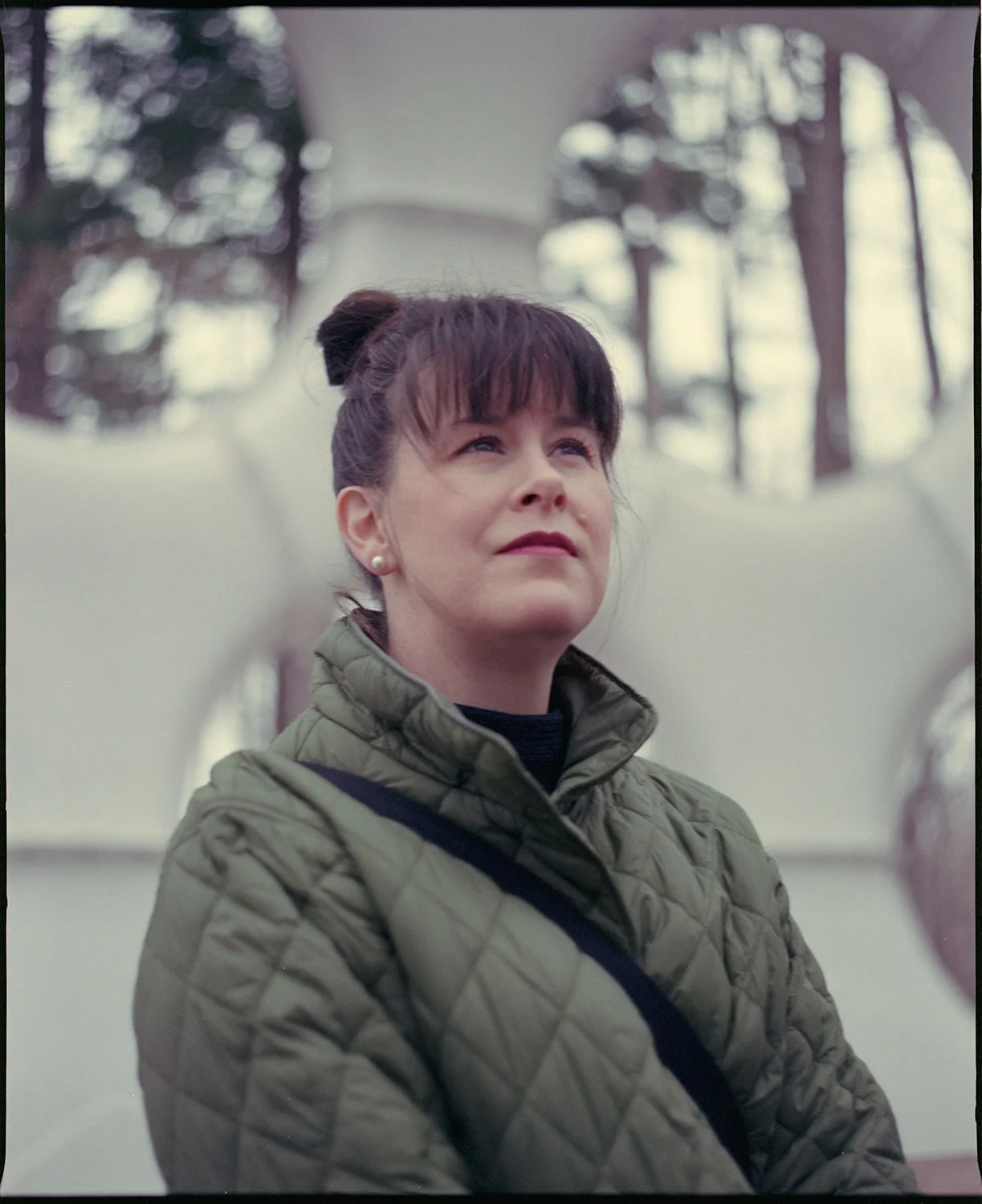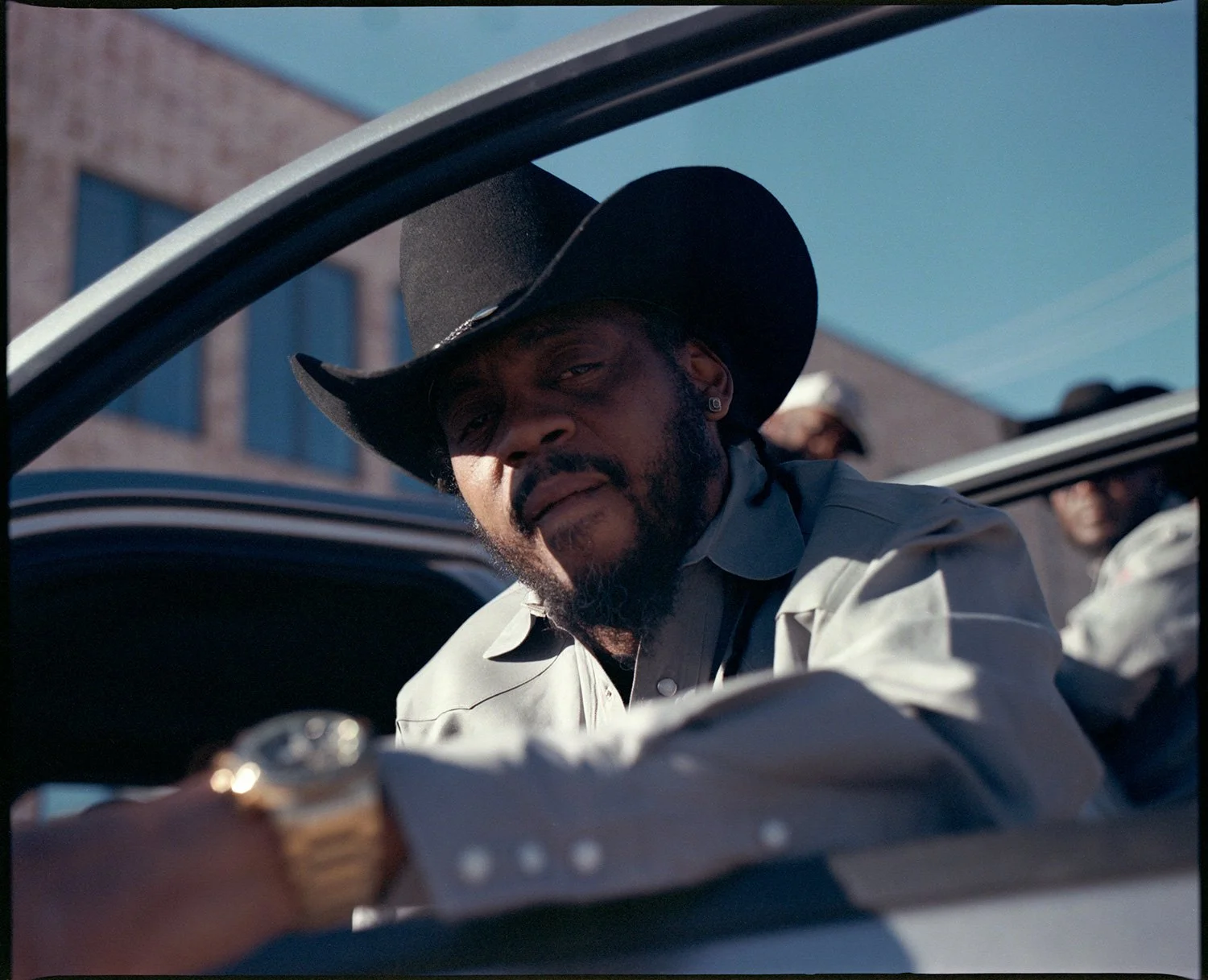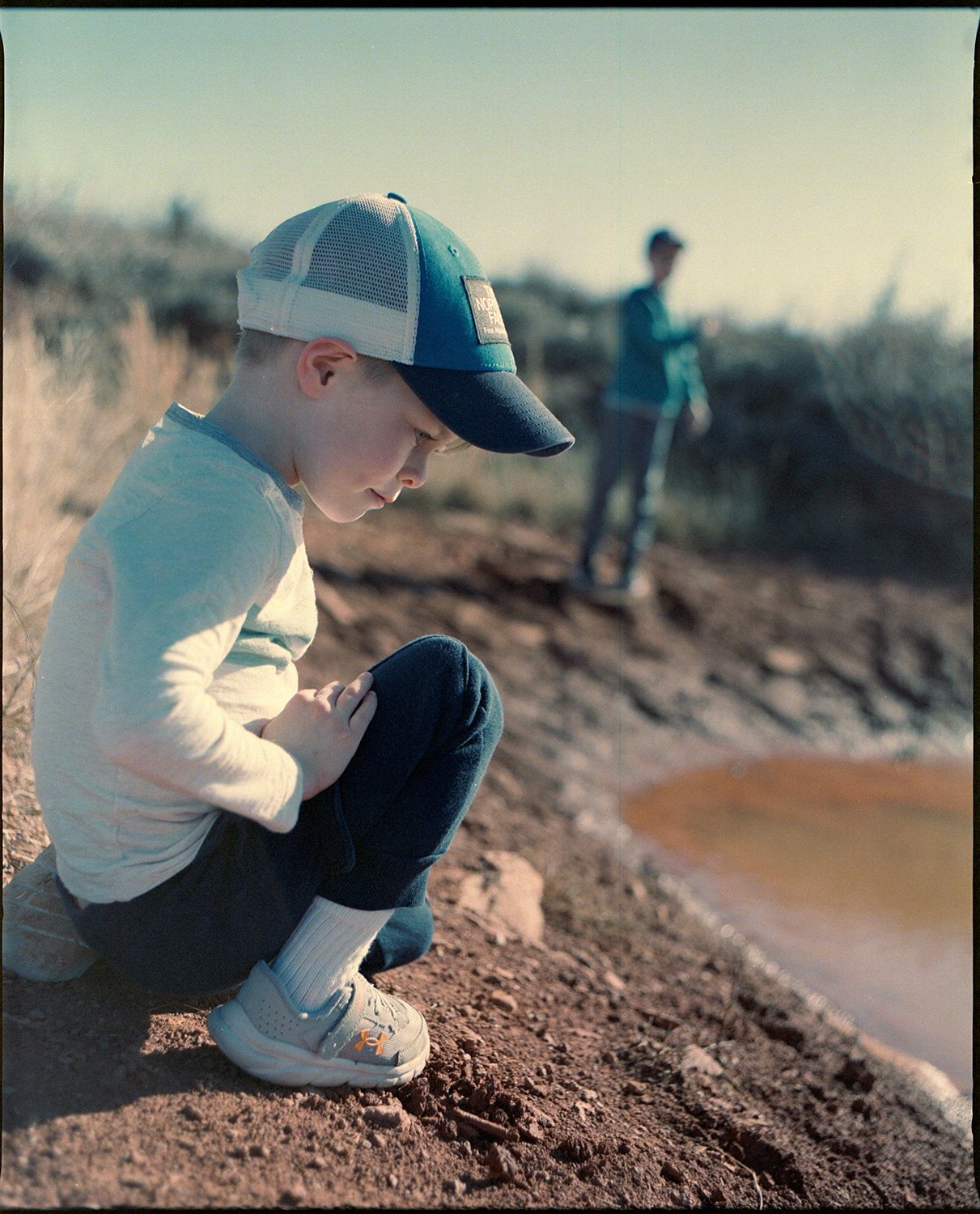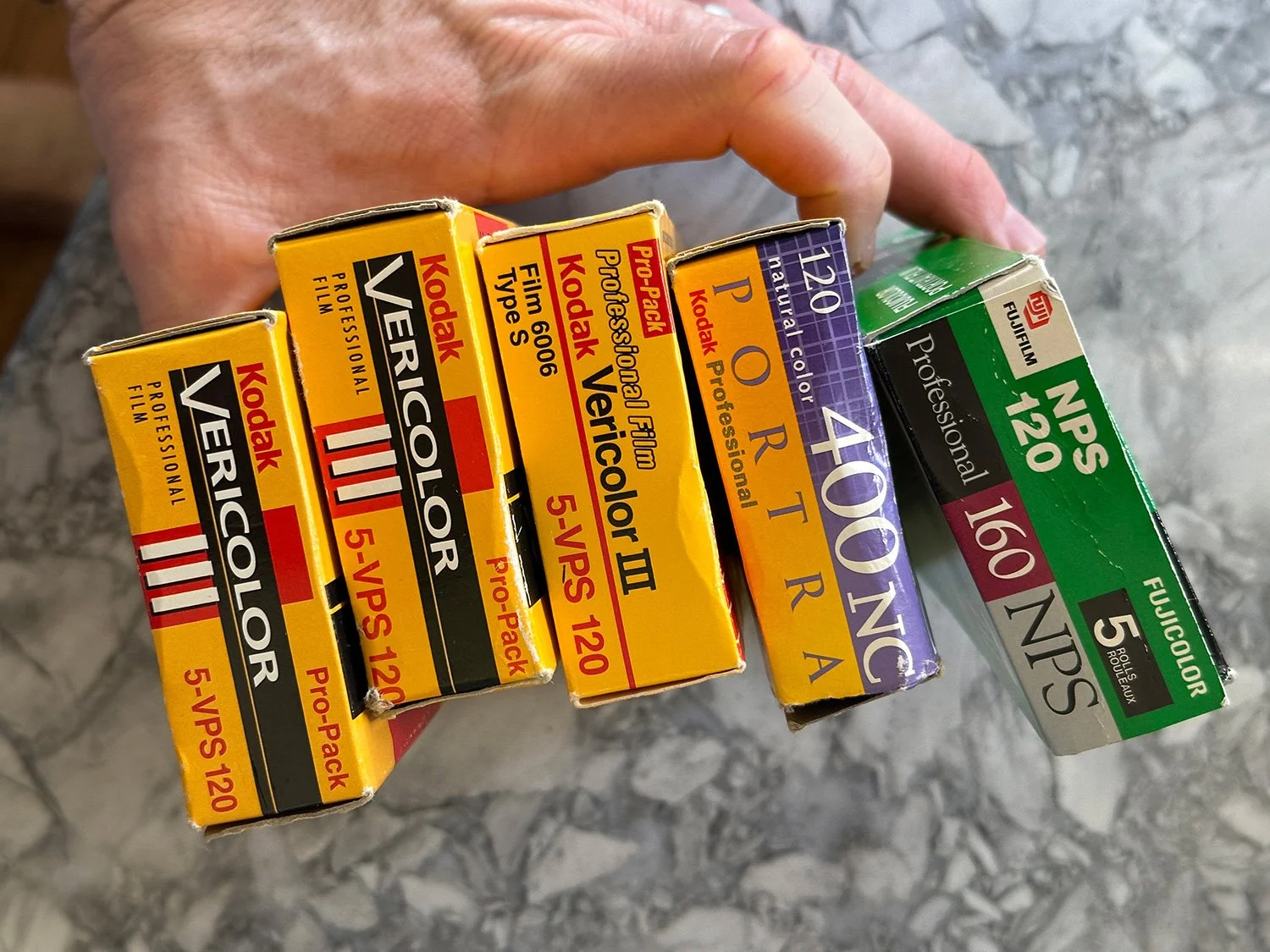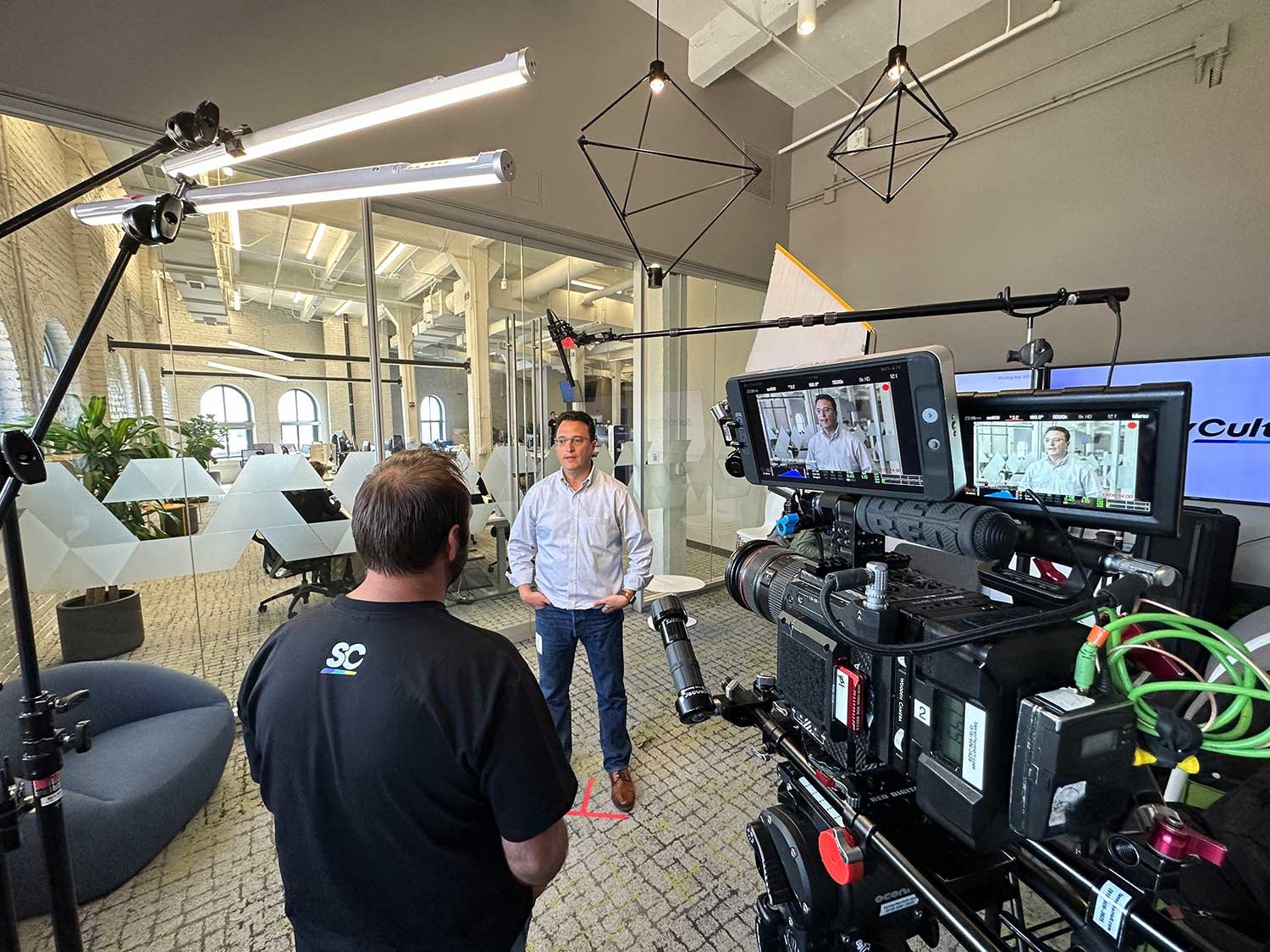I had every single intention of keeping up with this wordy nonsense during this semester, but no. It's now five weeks later and here I am, trying to make peace with the fact things are crazy busy with family, school, and work responsibilities. This last week Anne and the kiddos had their Spring Break as did I with my own school work.
As much as I'd like to dig into my business financials and set up yet another spreadsheet to budget and forecast my variable and fixed costs, I'd also not be upset never thinking about the Managerial Accounting class I just wrapped up. My Investments class was interesting and I did well, but dang... I'd also really like to just pick up a camera and make something.
I feel like I'm coming up for a quick breath of air before plunging right back into the world I've made for myself. Towards the end of last week, Anne and I took the boys out to Bentonville, Arkansas. Turns out so did just about every other parent in this part of the country. Breakfast each morning at the hotel was like a drunken children convention with parents wading through their own existential dread. It was absolutely a "family trip" and not what you'd call a "vacation." What we did to deserve this and how civilization has continued all these years is beyond me.
Work-wise, the year is off to a slow start as usual. From the conversations I've had with my filmmaking peers, I'm not the only one who's been down work-wise since the last part of 2022. Even my stock footage sales have seemingly fallen off a cliff since November. My assumption is that it's due to the current economic climate, how much more expensive it is for businesses and organizations to borrow money, inflation causing additional problems, and...
...cue everyone's eyes to glaze over in boredom while I completely nerd out about economic and monetary policy. Still, it's been an interesting week watching the U.S. Treasury Bill rates bounce around following those recent bank failures.


